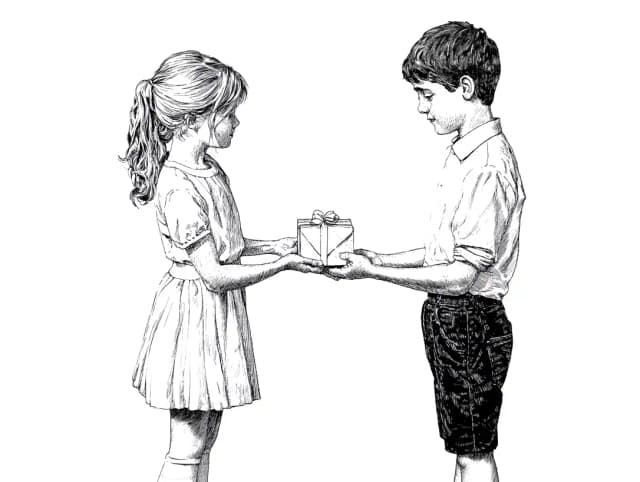Today is Donald Duck’s birthday! On June 9 he made his first appearance in a 1943 cartoon. Alongside Mickey Mouse, Goofy and more, he’s one of the oldest and most iconic characters created by The Walt Disney Company. In this blog post, we analyze the Disney brand and talk about potential opportunities and threats.
Fast facts
- Name: The Walt Disney Company (commonly known as Disney)
- Formerly: Disney Brothers Cartoon Studio (1923–1926), The Walt Disney Studio (1926–1929), Walt Disney Productions (1929–1986)
- Type: Public
- Origin: Los Angeles, California, US
- Founding date: 16 October, 1923
- Headquarters: Burbank, California, US
- Key people: Bob Iger (Executive chairman) and Bob Chapek (CEO)
- Key stakeholders: Stockholders, employees, customers and communities
- Revenue: $65.388 USD in 2020
- Logo designer: Pixar
- Areas served: Worldwide
Branding strategies
Disney provides customers with a captivating brand experience through animations, amusement parks, interactive websites and games, theatrical performances, and more. They’re on a mission “to entertain, inform and inspire people around the globe through the power of unparalleled storytelling, reflecting the iconic brands, creative minds and innovative technologies that make ours the world’s premier entertainment company.”
With a brand value of $40,773 million dollars, they rank 10th in the top 100 global brands. Disney defines its brand positioning around happiness. They make it all about the experience, and now, people think of happiness when they think of Disney. The company closely analyzes consumers’ reactions to anything and thus they know their audience well. In addition, the Disney logo we’re all familiar with represents its brand image and what it offers—a fun and magical experience, suitable for all families and children.
Disney is known for their powerful storytelling abilities, capturing global attention. These skills are also used in marketing. A Forbes article states: “Disney’s ‘content marketing’ strategy goes in reverse compared to most brands. Meaning, where most brands start with a physical product and then build a story around it in the form of ‘content marketing,’ companies like Disney do exactly the opposite.”
Over the years, Disney has built a great reputation and customer loyalty. They are also making many efforts to be sustainable by recycling and encouraging customers to limit their resource consumption, for example. Disney is strong in all these intangible assets, which has provided great ways to differentiate from competitors.
A genuine brand
Disney ranked as the #1 brand for authenticity on Cohn & Wolfe’s “Authentic 100,” based on consumer perception. Consumers rated the companies on several aspects of authenticity, analyzing whether the brands are “reliable, respectful and real.”
Brand opportunities and threats
Currently, Disney’s biggest threat is events like today’s pandemic. They likely experienced an existential financial crisis worse than any other company. It had a negative impact on all their businesses, such as theme parks and movie productions. The only business that slightly saved them was their newest one, Disney+, released at the end of 2019.
It has also been a way for Disney to attract new loyal customers and thus increase retention. The company should continue to focus on improving Disney+ as it has a lot of potential for further growth. Furthermore, Disney could add more online services that create additional revenue streams in case a similar event happens.
Conclusion
Thanks to its uniqueness and successful marketing, Disney has been able to create a powerful brand. A lot can be learned from them when it comes to branding, as they have been doing it right from the start. Customers should always be kept in mind with everything that is done, as they define your brand.
